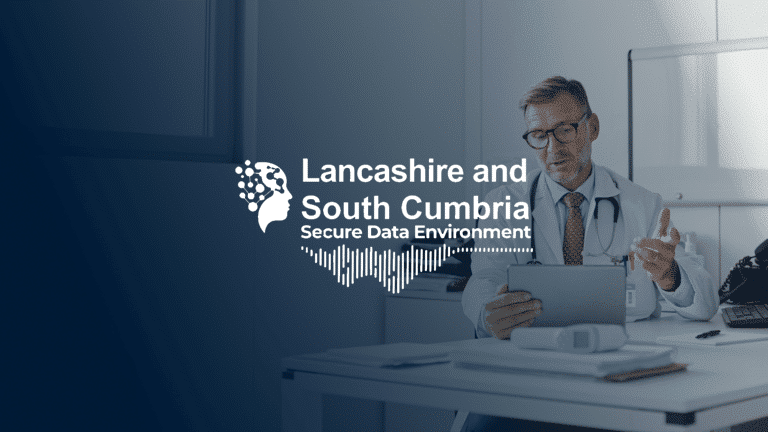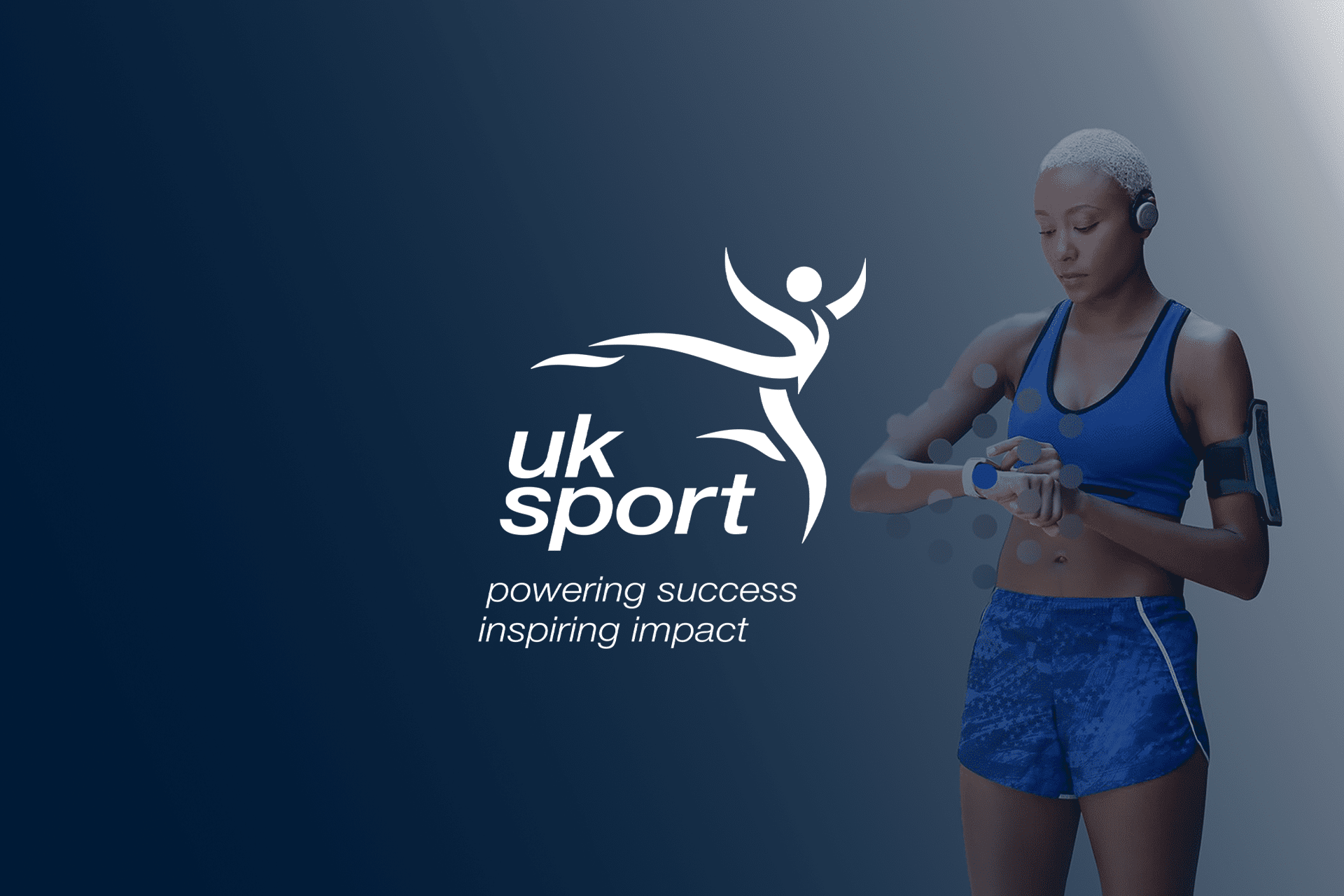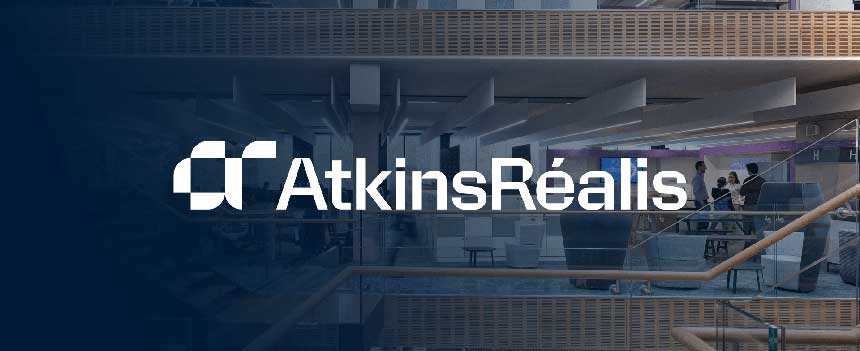Student withdrawal is a big challenge for the higher education sector.
Today, on average 7 out of every 100 undergraduate students in the UK drop out of their higher education course before their second year. As more students embrace remote learning, it is becoming increasingly difficult for higher education institutions to identify students who are struggling. It is crucial to be able to identify these students and to make timely interventions to improve student retention, performance, and wellbeing.
Establishing a reliable solution to this problem that doesn’t infringe upon the privacy of individuals is challenging, as is predicting the complexities of when and why students will decide to leave their courses. The decision is often influenced by several contributing factors, including academic (progress, feedback), social (peer group, engagement) and external (family, health, f inancial).
For King’s College London there are significant student, reputational and commercial benefits in being able to establish an early warning system that would enable staff to identify students who require additional support. King’s and Telefónica Tech have a successful and long-standing relationship developing Data Platforms. Based on their partnership, they agreed to work together to see if training a machine learning model using data within the platform could provide an accurate and effective predictive solution.
King’s Director of Analytics, Richard Salter, understands that early identification is the key to success.
‘King’s wants to support every student to reach their potential and achieve their ambitions. Where students are disengaging or experiencing difficulties, speed is of the essence. If we can identify the issue early and ideally predict it before it happens, then we are much better able to support the student. If we are slow to identify and respond, then the chances of redressing the situation are drastically reduced.’
An effective proof of concept (POC) exercise is a necessary first step to prove or disprove whether a machine learning solution is viable.
It is advantageous to prove (or disprove) whether required predictions can be accurately generated from the available data quickly, and with a minimum of cost, before committing to a full investment in a machine learning solution. It can often turn out that data isn’t accessible, there isn’t enough of it or that even if the data does support the required predictions, that this can’t be generated in actionable timescales.
The project team had to be focussed, efficient in their use of time and effective in delivery of reliable results. Telefónica Tech experience and proven machine learning development approach offered the highest likelihood of success. What ethical considerations need to be made before embarking on such a project? Often where a model’s focus relates to individuals, questions of privacy and consent must be considered. Do subjects consent to the use of their data for the intended purpose?
Also, do any of the key features of the model involve sensitive data about individuals? Student activity and demographics provide key data points to a predictive model of this type. Achieving the fine balance to utilise these in an ethical way that complies with privacy guidelines like GDPR, whilst also meeting with the consent of subjects, would be a critical success factor.





